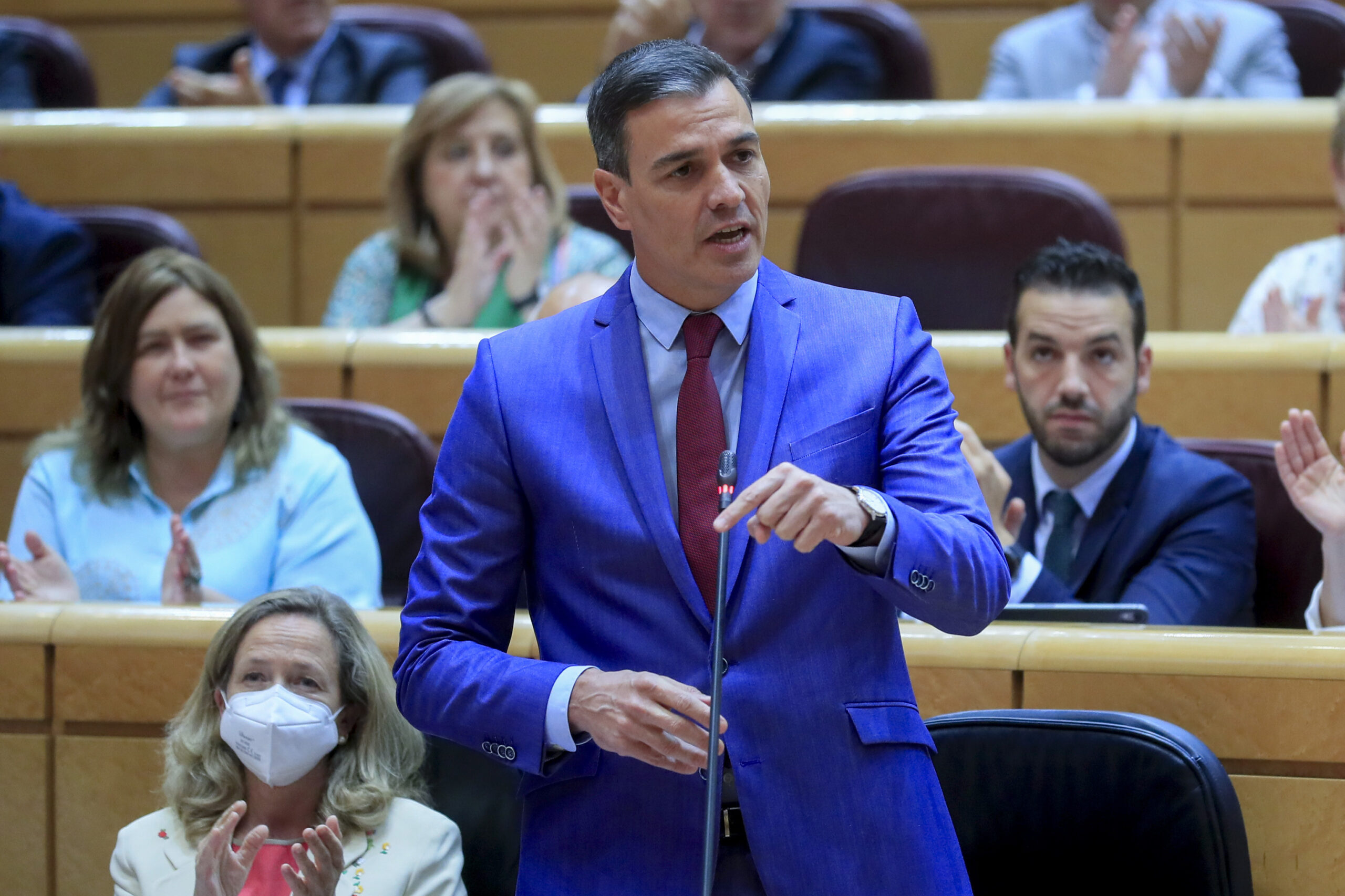Spain already places debt at the highest price since 2014 after losing support from the European Central Bank (ECB). The Treasury is forced to offer 2.5% interest on the ten-year bond, which is the reference in the markets, when it was close to 0% last year with the full support of the ECB. The escalation occurs in the face of the imminent announcement by the body chaired by Christine Lagarde that it is abandoning the special public debt purchase program of the euro countries that began in the pandemic to focus on fighting inflation with a rate hike. The increase in profitability demanded by investors has been noted in the syndicated bond issued by the Treasury on Tuesday.
Sources from the Ministry of Economy directed by Nadia Calviño assure that 8,000 million euros have been issued in a new 10-year syndicated bond with a high demand close to 40,000 million. The increase in profitability maintains investor appetite, but raises the cost of debt. The risk premium has exceeded 110 basic points with respect to the German bond for weeks, almost double that of a year ago.
The Treasury is accelerating its issues, in case the cost becomes even more expensive as of July, when the first ECB rate hike is scheduled. With this objective, the Ministry agency has ordered six banks to place this new 10-year syndicated issue. Specifically, the Treasury has granted the mandate to BBVA, Barclays, Credit Agricole, Deutsche Bank, JP Morgan and Morgan Stanley to place this new 10-year syndicated State bond.
The leader of the opposition, Alberto Núñez Feijóo, has echoed this Tuesday of the increase in the cost of the debt in his first control session before the President of the Government, Pedro Sánchez, although he has indicated that “the risk premium is already at 250 ” when I wanted to say that the bond already has to offer a return of 2.5%.
Conforms to The Trust Project criteria
















